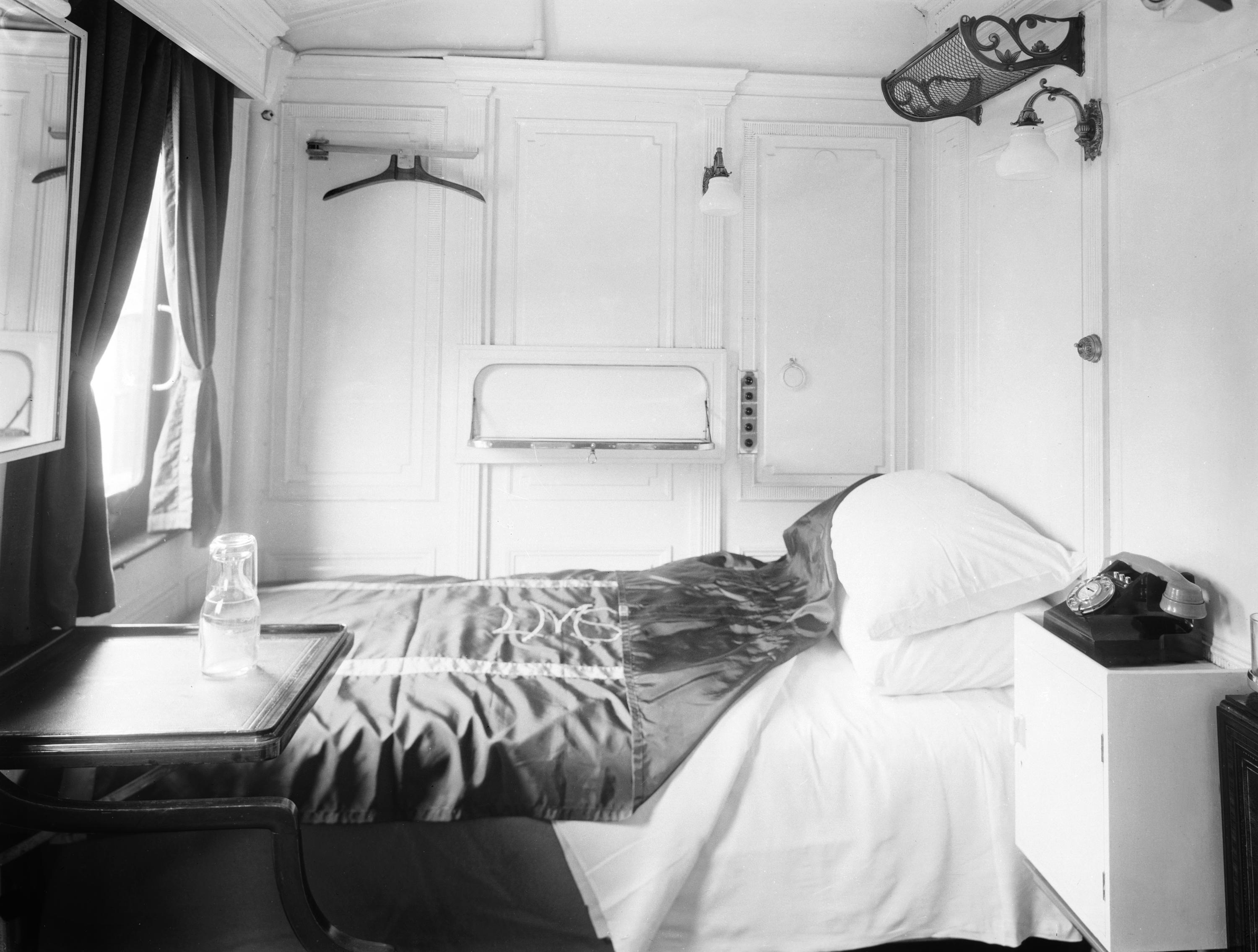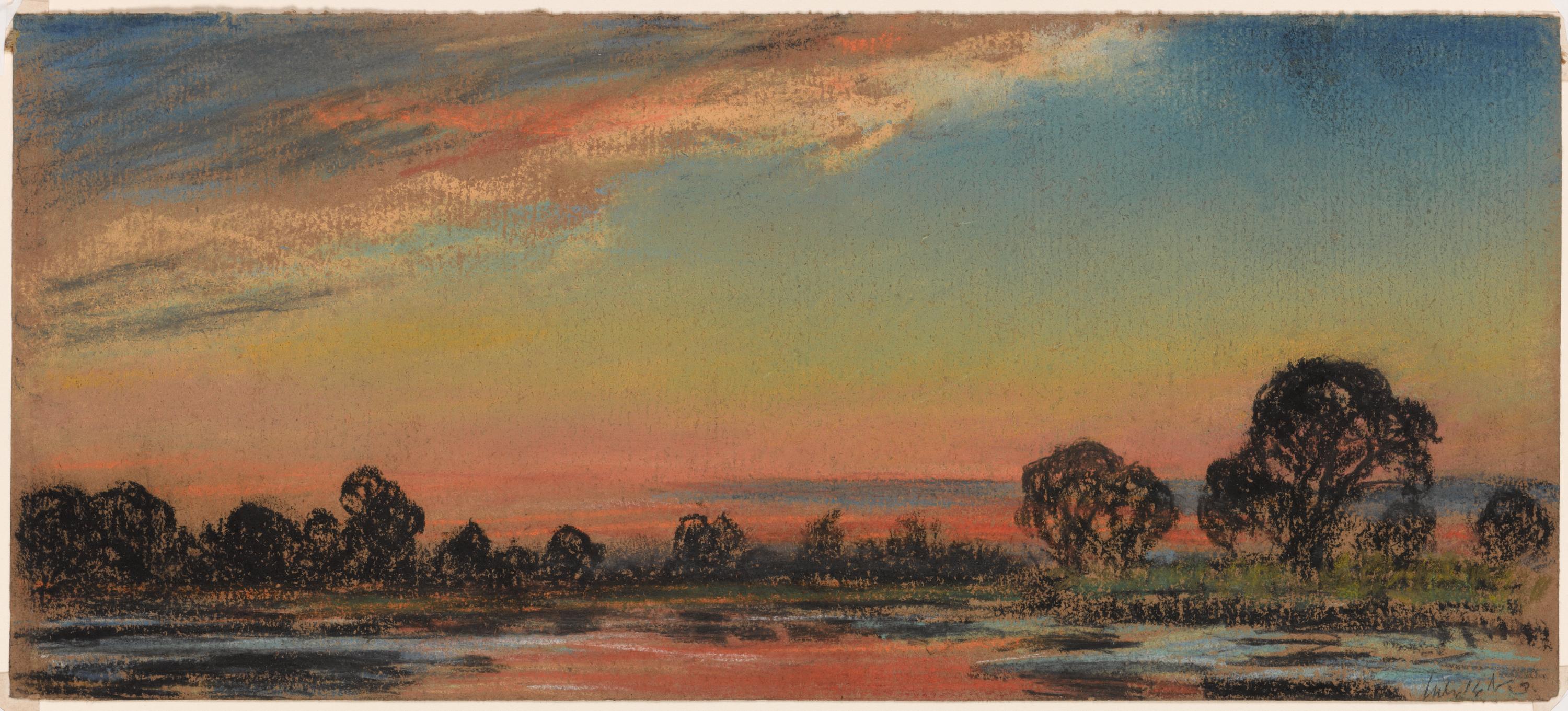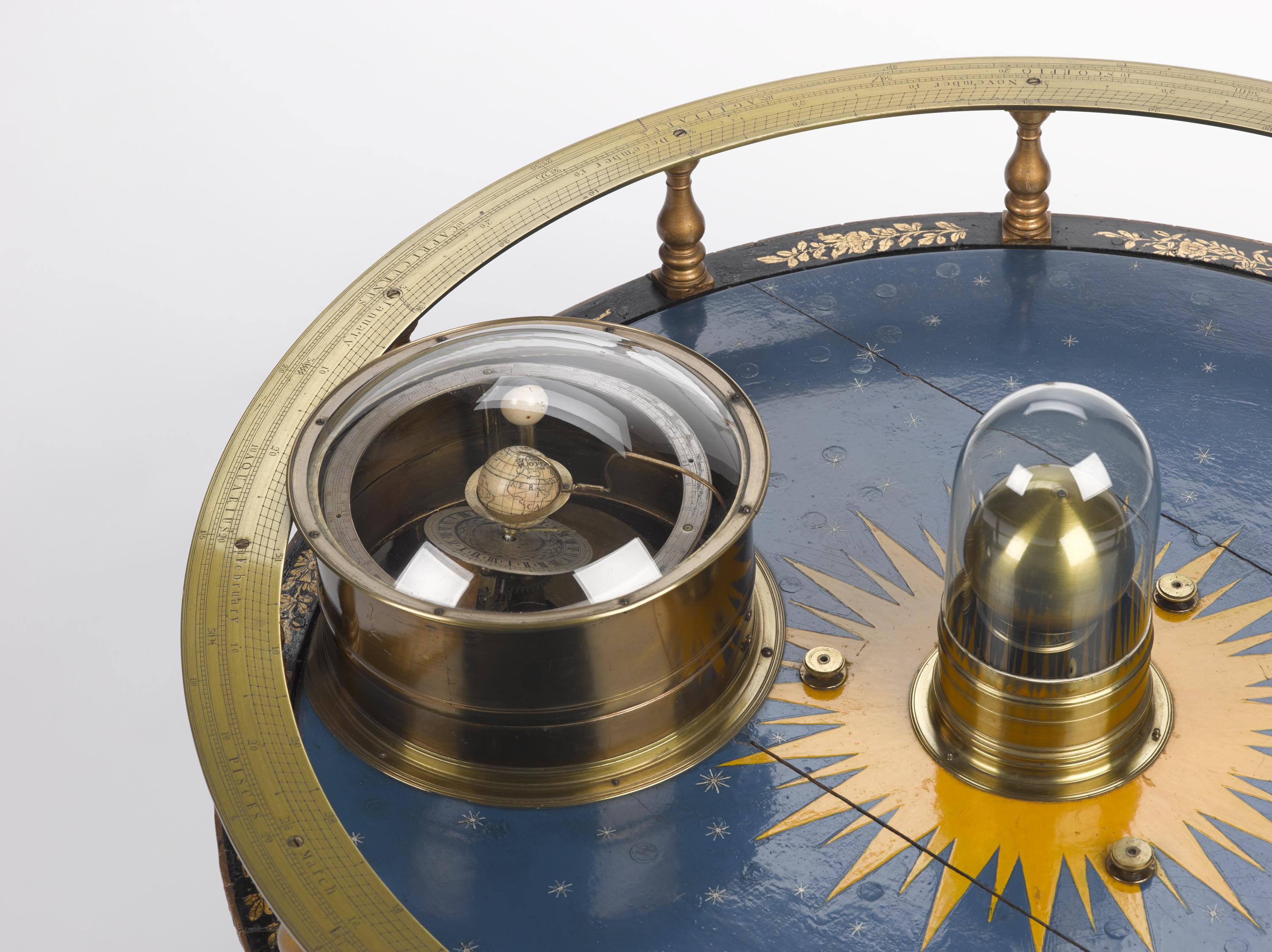The original orrery c. 1712, made for the Earl of Orrery by John Rowley, London copied from a planetarium model made by George Graham. Dated 1712–3, this planetary model was made by the London instrument maker, John Rowley. Called an orrery or more correctly a tellurium, it is a demonstration device to show the motions of the Earth and Moon around the Sun.The one-hour change in our clocks from Greenwich Mean Time to British Summer Time and back can be really annoying and disruptive, and every year it sparks debate about whether Daylight Saving Time (DST) is worth the effort.
DST was introduced during the First World War as an effort to save energy costs and resources by maximising useful daylight hours. Today, about 70 countries across the world practice DST, though many question its usefulness. Recent research has highlighted many reasons as to why daylight savings can not only be detrimental to our health but could be causing us to use more energy in our homes. The findings illustrate how our lifestyles and technology have changed over time, but also what we have learned about the connection between sunlight, sleep and overall health.

It’s no surprise that losing an hour to summer time has negative effects on our body clocks, even if we get it back in the autumn. Initial grogginess can last a few days, but a 2007 study has shown that we never fully adjust to the switch. The main reason for this comes down to disrupted circadian rhythms. Coming from the Greek words ‘circa’, meaning about, and ‘diem’, meaning day, these rhythms regulate the times we sleep and eat, among a myriad of other bodily functions. Circadian rhythms are managed by the body’s master clock in the brain and are kept in time by sunlight entering the eyes.
Some people have circadian rhythms that favour sleeping and rising later, known as owls, and some sleep and rise earlier, known as larks. The study found that owls are affected more negatively by the springtime switch and larks have a harder time with the autumn switch. This all adds up to sleep disruption which can have some severe knock-on effects.
Recent studies have shown that in the period immediately after changing clocks for DST, there are increased rates of heart attacks, workplace injuries and traffic accidents. Additionally, it is now known that disasters like the nuclear accident at Chernobyl and the explosion of the space shuttle Challenger have been linked to lack of sleep. In an era when electric light and devices with screens can enable us to stay awake for longer, sleep deprivation has reached alarming levels.These studies have shown that the impacts of switching clocks for DST can exacerbate the problem for those who already have disrupted circadian rhythms.

The train was provided by the London, Midland & Scottish Railway for Prime Minister, Winston Churchill, to travel around the UK during the Second World War.
In addition to sleep deprivation, other health issues like Vitamin D deficiencies and mood disorders, like Seasonal Affective Disorder (SAD), can be traced to lack of sunlight during the winter months when many who work indoors don’t see much daylight.
With these findings in mind the EU recently proposed ending DST and staying on summer time year-round. Even some US states, like California, have measures on the ballot for the upcoming mid-term election to end DST. These types of measures have been widely supported, but for people who live in higher latitudes with excessively dark winters and bright summers, the end of DST could be problematic.
In some northern countries, like those in Scandinavia, the end of DST could mean the Sun would not rise until as late as 10.00 in the morning during winter if the EU were to stay on summer time year-round. Likewise, if winter time were in effect year-round those long bright summer evenings wouldn’t be quite as enjoyable.

For now, the debate over DST rages on.
Learn more about humanity’s relationship with our nearest star in this blog series, based on our recent exhibition about The Sun, now at the Science and Industry Museum, Manchester.
